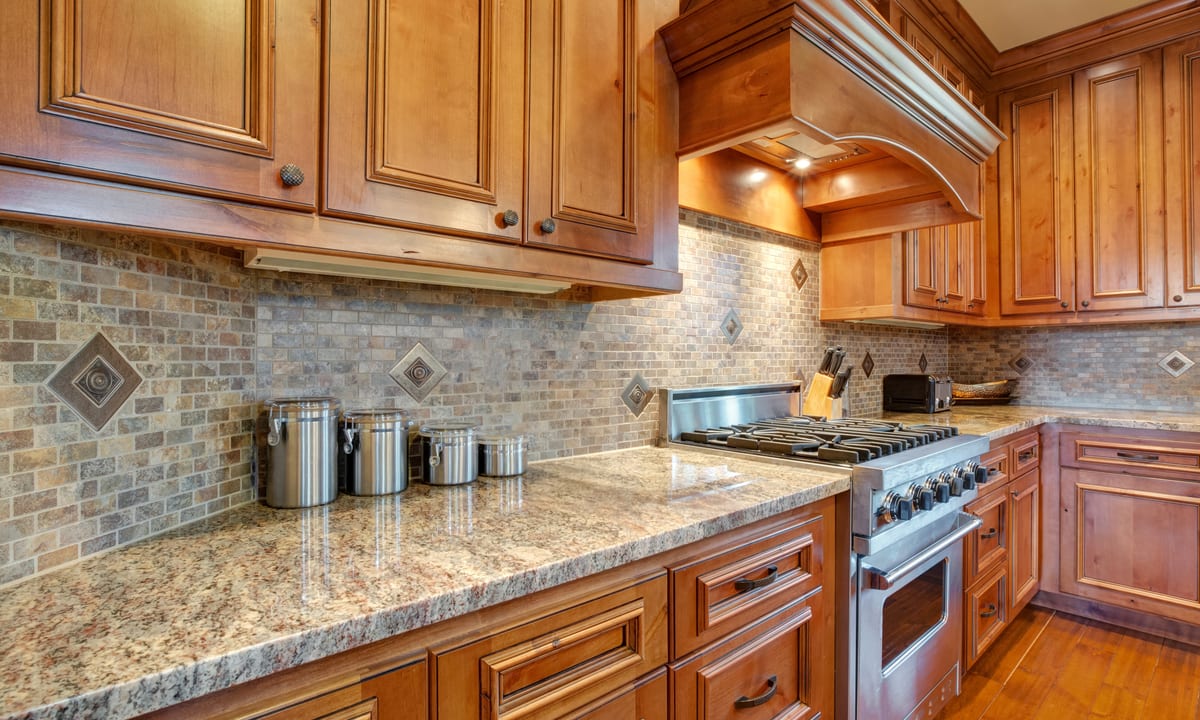Materials and finishes that withstand regular cooking use
Choosing materials and finishes that stand up to daily cooking protects investment and improves kitchen functionality. This short overview highlights durable surface options, considerations for cabinetry and worktops, and practical tips on ventilation, ergonomics, and long-term maintenance to help design resilient kitchen spaces.

Everyday cooking puts materials and finishes to the test: heat, moisture, spills, grease, and frequent cleaning all stress surfaces, cabinetry, and appliances. Selecting appropriate worktops, backsplashes, and hardware helps maintain appearance and performance while supporting efficient organization and storage. This article covers practical material choices, layout considerations, ventilation needs, and sustainability factors so homeowners and renovators can specify finishes that remain functional and attractive under regular use.
Organization and storage solutions
Thoughtful organization and storage reduce wear by keeping heavy use items orderly and accessible. Pull-out drawers with soft-close slides, pan organizers, and adjustable shelving reduce strain on cabinetry and minimize the need to stack or slide cookware across surfaces. Integrated storage for cleaning supplies near plumbing zones prevents spills where they cause damage. Planning storage to match appliance sizes and user habits supports ergonomics and reduces accidental knocks that chip finishes, while clearly zoned storage helps maintain a tidy, longer-lasting kitchen.
Durable cabinetry and finishes
Cabinetry faces scuffs, steam, and grease; materials matter. Solid wood offers repairable surfaces but needs sealants in humid areas. Engineered wood panels with moisture-resistant veneers provide stable, cost-effective options that resist warping. Thermofoil and lacquered finishes create smooth surfaces that wipe clean, though heat near ovens may affect longevity. Choose hardware finishes—stainless steel, nickel, or powder-coated metals—that resist tarnish. Regular maintenance like hinge adjustments and finish-friendly cleaners extends cabinet life while preserving organized storage performance.
Worktop materials for everyday use
Worktops receive the heaviest wear from chopping, hot pans, and spills. Quartz composite surfaces combine durability and stain resistance with low porosity, easing cleaning and resisting bacteria. Granite and other natural stones offer heat tolerance and scratch resistance but may require periodic sealing to protect against staining. Solid-surface acrylics repairable and uniform in appearance are another option for families seeking a balance of durability and maintenance. Consider edge profiles and joins to reduce trapped grime and simplify daily cleaning routines.
Ventilation, appliances, and ergonomics
Proper ventilation preserves finishes by removing grease-laden vapors and moisture that degrade paint, grout, and metal. Range hoods vented to the exterior are most effective; recirculating units with high-quality filters help when external venting isn’t feasible. Appliances with durable stainless or enamel finishes withstand repeated cleaning; place high-use appliances within comfortable reach to support ergonomics and reduce accidental spills. Thoughtful layout—work triangle principles and clear circulation—minimizes collisions and surface damage, protecting finishes over time.
Backsplash, plumbing, and layout considerations
Backsplashes shield walls from splatter and steam; ceramic, porcelain, and large-format tiles offer easy-to-clean, heat-resistant options. Glass and stainless panels provide seamless protection behind ranges. Pay attention to plumbing locations to avoid exposed pipes near storage areas; position sinks and dishwashers to contain water flow and limit splash onto cabinetry. A layout that places frequently used prep surfaces near the sink and appliances reduces cross-traffic and wear on worktops, while accessible plumbing simplifies repairs that might otherwise require removing finishes.
Sustainability and long-term maintenance
Sustainable choices can also be durable choices. Reclaimed wood with proper finishing or FSC-certified timbers combine longevity with environmental considerations. Long-life materials like quartz and metal can be refurbished or recycled at end of life. Routine maintenance—gentle cleaners, resealing stone when needed, tightening hardware, and addressing leaks promptly—prevents small issues from escalating. Choose finishes and products with clear maintenance guidelines to keep performance high and reduce waste from premature replacement.
In summary, selecting materials that handle heat, moisture, and heavy use, combined with smart organization, proper ventilation, and ergonomic layout, helps kitchens endure daily cooking. Prioritize worktop porosity, cabinet construction, backsplash protection, and appliance finishes when planning updates. Regular maintenance and thoughtful storage reduce wear and prolong the useful life of finishes, creating a resilient kitchen environment without compromising function or appearance.





